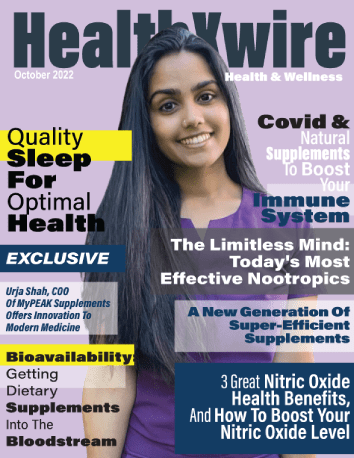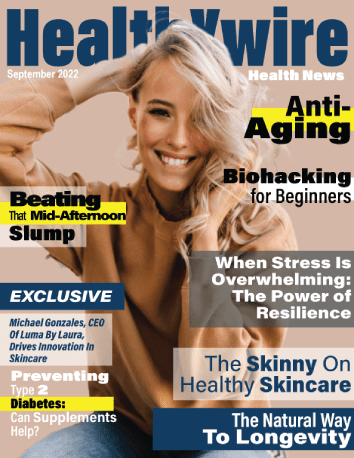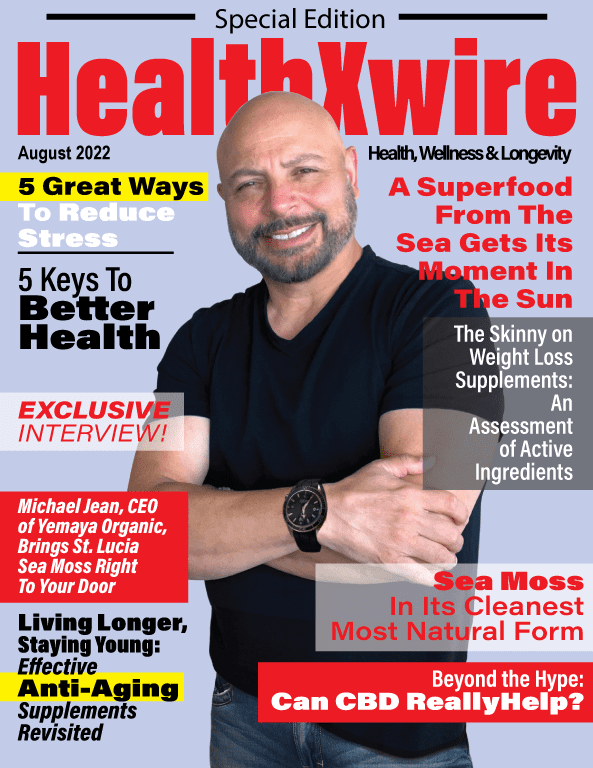Trending Now
HealthXwire Articles on Anti-Aging & Longevity
HealthXwire Nootropics & Cognitive Enhancements
NOOTROPICS & COGNITIVE ENHANCEMENT
Editor's Choice
VITAMINS, MINERALS & SUPPLEMENTS (HealthXwire)
HealthXwire DIET & NUTRITION
HealthXwire HEALTHIER LIFESTYLE
Anxiety is a very common human emotion, and managing it is important for maintaining overall well-being and mental health. While anxiety is a natural …
by Peter Gordon
Anti-Aging & Longevity
On This Page Defense Blends Carbon Power Detox Face Wash is our pick for best men’s face wash products, …
by Jeff Sanchez
BREAKTHROUGHS IN MEDICINE
The health benefits of mushrooms have been widely known for thousands of years. Our ancestors have used a plethora …




